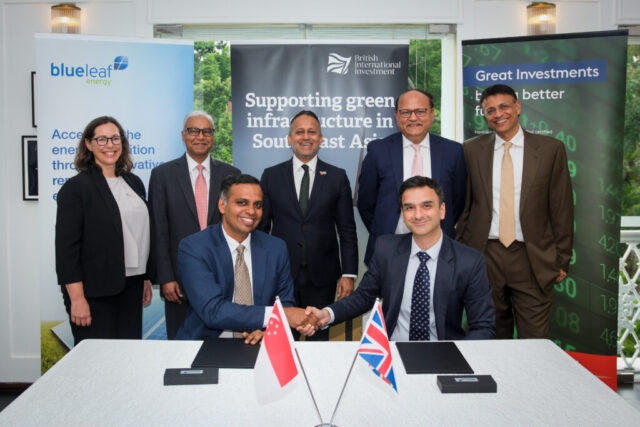Clarity AI’s analysis reveals that one in five Article 9 funds under the EU’s Sustainable Financial Disclosure Regulation (SFDR) are underreporting their exposure to the fossil fuel industry.

Sustainability technology platform Clarity AI has published analysis of its SFDR: Just How Sustainable Are Article 9 Funds report, which reveals that one in five Article 9 funds under the EU’s Sustainable Financial Disclosure Regulation (SFDR) are underreporting their exposure to the fossil fuel industry.
The original report, published last November, analysed 15,000 funds with a more detailed focus on 750 Article 9 funds, to understand to what extent they could really be considered sustainable investments.
The analysis at the time revealed that nearly 10% of Article 9 funds had more than 10% exposure to fossil fuels. It also found that nearly 20% of these funds had more than 10% of their investments in companies with violations of the UN Global Compact (UNGC) principles of the OECD Guidelines for multinational enterprises, while 40% had more than 5% exposure.
This latest analysis tries to dig deeper to understand why this is happening by taking a closer look at the self-reported data being submitted by fund managers through the European ESG Templates (EETs).
Looking at 830 Article 9 funds with EET data, Clarity AI found the level of disclosure in the EETs to be very low, with only 10% of funds disclosing the share of their investments that were exposed to fossil fuels, and only just over 5% of funds including a value for the data field relating to violations of the UNGC principles of the OECD Guidelines for Multinational Enterprises.
Clarity AI said that of the Article 9 funds that did disclose their fossil fuel exposure, 21% – or one in five – underreported their exposure to fossil fuels by an average of 4 percentage points below what the platform’s own data showed, with the discrepancy for some being as much as 13 percentage points lower.
On the issue of fund exposure to companies with UNGC principles or OECD guidelines violations, of the small percentage of funds that provided granular data on this issue, almost all of them reported zero exposure. But Clarity AIs own data tells a very different story with close to 60% (25 funds) investing in at least one company involved in such violations.
Examples given by the platform include a global consumer product brand accused of having suppliers involved in human rights abuses and child labour, and a multinational aerospace corporation paying penalties for bribery charges around the world.
Greater clarity on regulatory requirements needed
The EETs are standardised templates that attempt to harmonise the way ESG-related data on financial products is disclosed under the SFDR and other European regulations but they remain voluntary.
Clarity AI says although EETs were being submitted by many fund managers, the majority did not include detailed data about Principle Adverse Impact indicators (PAIs), with the relevant sections for reporting PAIs containing data in less than 20% of instances.

Speaking to Impact Investor Zoe Bulger, impact manager for Swedish impact investor Summa Equity, said that Clarity AI’s findings indicated that fund managers had “a way to go before reporting reflects comprehensive disclosure”.
She said: “As the findings suggest, this is likely due to a combination of factors, including an evolving regulatory environment, insufficient guidelines and solutions for practitioners to translate regulation into action, and incomplete data related to PAIs.”
On the 1 January of this year, Level 2 of the regulatory technical standards (RTS) of the EU’s SFDR came into force with the aim of improving the quality and comparability of reporting data and responding to industry calls for greater clarity in relation to the principle of ‘do no significant harm’. This follows a large number of Article 9 funds being downgraded last year to Article 8 as a cautionary measure.
Under the new legislation, fund managers are required to “provide detailed information about how they tackle and reduce any possible negative impacts that their investments may have on the environment and society in general” which the European Commission said would “contribute to strengthening investor protection and reduce greenwashing”.
Asked whether she thought RTS Level 2 would provide more clarity and help distinguish impact funds from other sustainable investment products Bulger said that “time would tell”.
“The technical standards are an important next step, but regulation still leaves many open questions for asset managers, such as thresholds for Do No Significant Harm for certain Principle Adverse Indicators under SFDR Article 9,” she added.





